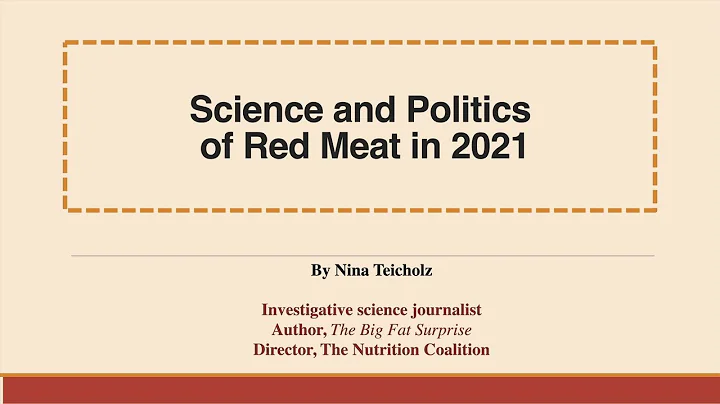
Today, with population growth, climate change and other factors, food production has received unprecedented attention. Recently, various studies on increasing grain production and the transformation of their results have been published one after another. However, some scientists have begun "reverse thinking", that is, digging for treasures from food "waste". Because the portion that is discarded every year during food processing is also a huge resource. According to relevant data, in 2020, global citrus production was approximately 140 million tons, but only about half was used for processing, and the remaining tens of millions of tons went into garbage dumps. These “wastes” can also have impacts on soil and aquatic systems if not properly disposed of.

Therefore, if we can find "treasures" in these food wastes, it will have multiple impacts. So who can take on this important task? Of course it’s the “biochemical masters” of intestinal bacteria!
It is well known that intestinal flora has a series of profound effects on the body, ranging from mental health to physical health, and has been confirmed by more and more studies.
In a study published in "Cell" on June 27, 2022, a research team led by Washington University in St. Louis has identified a human intestinal bacterium that can "dig" orange waste from orange waste. Nutrients "trapped" in fiber. The study highlights the relationship between microbiology, food science and nutrition and establishes a method to use gut bacteria to "dig" natural products "trapped" in plant fibers while providing insights into dietary Provides new insights into the mechanisms of fiber effects on host physiology.


In the new study, the researchers first fed mice colonized with human gut flora a high-fat, low-fiber diet that added 10% or no fiber extracted from oranges. Subsequently, they found that a molecule called N-methyl-5-hydroxytryptamine (N-Me-5HT) was released, and determined that the combination of human intestinal bacteria and orange fiber released this compound.
Researchers say relatively little is known about N-methyl-serotonin, but it is structurally very similar to 5-hydroxytryptamine (serotonin), a neurotransmitter , which plays an important role in mood, sleep, and other critical functions of the body.
The researchers then tested 49 different species of human gut bacteria and found that Bacteroides ovatus could effectively "dig" N-Me-5HT from orange fiber.
Molecular analysis results show that Bacteroides ovatus strains can release N-Me-5HT from fibers by expressing a pectic glycan-degrading enzyme that is lacking in the human genome and acts as a molecular scissors , can break down the complex sugar structure of N-Me-5HT that is "trapped" in orange fiber.
The researchers also examined 133 edible plant species, including major food crops such as corn, wheat and rice, and found that N-Me-5HT was present in only a handful of fiber types, including citrus fruits and Panthoxylum plant.
Next, they continued to analyze the biological effects of N-Me-5HT. When they fed germ-free mice a high-fat diet without orange fiber, supplementation with N-Me-5HT reduced fat storage, improved glucose metabolism in the liver and produced faster intestinal transit times.

Finally, the team initially explored the translational potential of the above research in human trials.
In a small clinical trial, researchers confirmed that participants who consumed snacks containing orange fiber had increased levels of N-Me-5HT in their stool samples. This effect of is fiber specific. This effect did not occur when snacks containing pea fiber were consumed. Therefore, they concluded that orange fiber snacks specifically increased fecal N-Me-5HT content in a dose-dependent manner, and that the content was related to the gene level of intestinal flora-digestive pectic glycanase.

"Serotonin is involved in many processes in the body, from mood to appetite to gut health," said study co-author Michael Barratt, Ph.D., associate professor of pathology and immunology. Now, we are beginning to decipher the similarities and differences between N-methyl-serotonin and serotonin.”
In summary, this new study suggests a number of potential approaches, including adding. Dietary strategies for specific dietary fiber.
Barratt said: "Ideally, we would like to be able to recommend dietary fiber based on knowledge of individual gut flora, especially those gut bacteria that have the ability to tap into certain fiber metabolisms."
Corresponding author of the study , Professor Jeffrey Gordon, Director of the Edison Family Center for Genome Sciences and Systems Biology, added: " Different fibers have unique and rich repertoires of biomolecules, and each gut bacterium has a different ability to mine nutrients from various fibers, Including known biological macromolecules and those that have not yet been discovered, our research reveals the huge potential of personalized nutrition. org/10.1016/j.cell.2022.06.004





















